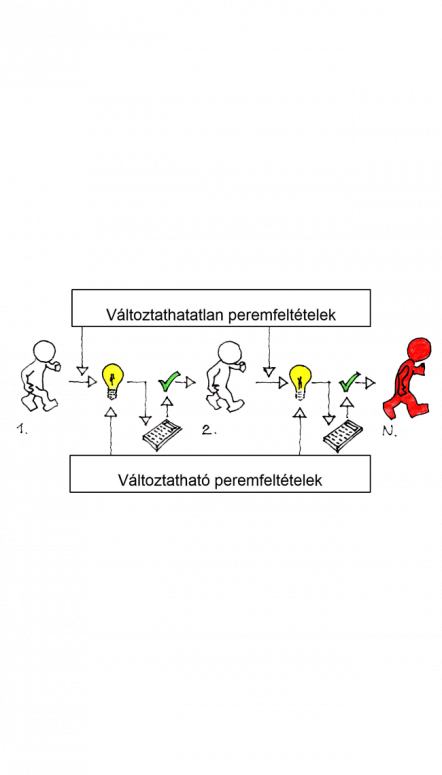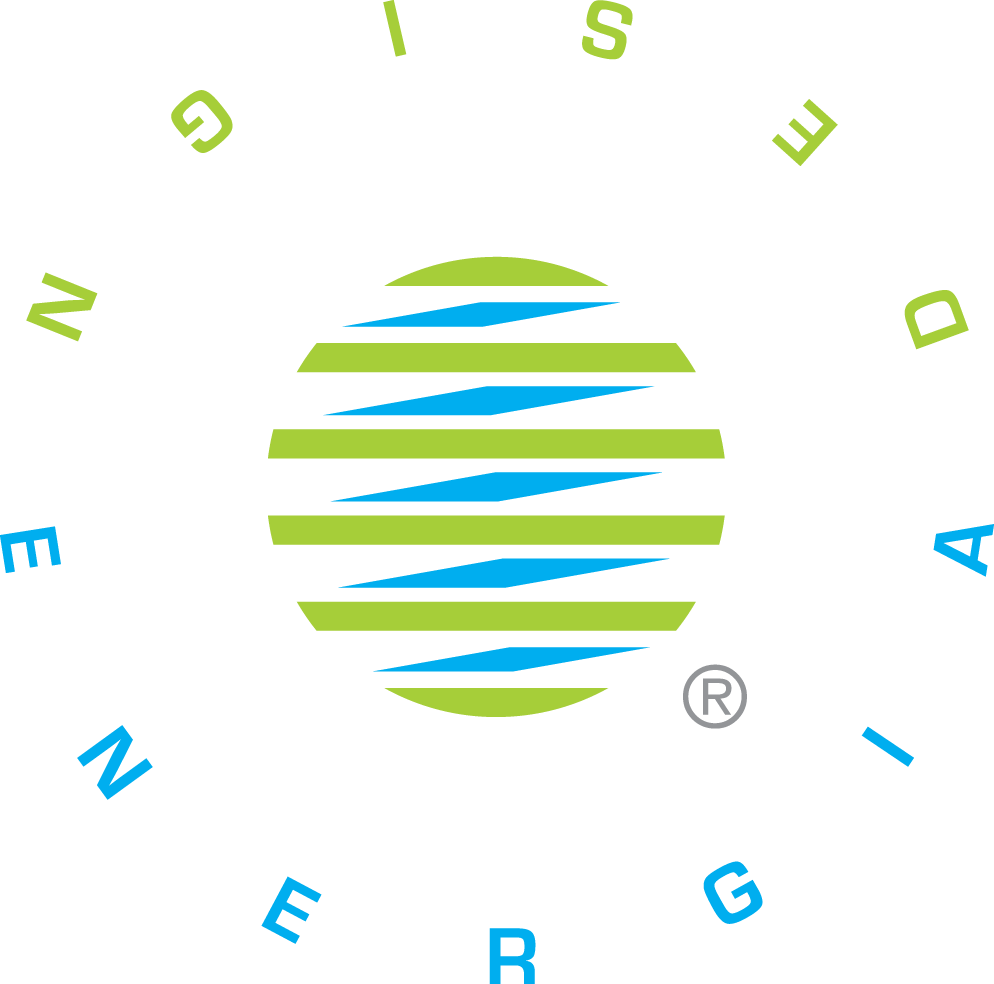

Methodically, this design technique differs significantly from the architectural design. The basic task is to go beyond space-planning to the design of energy flows and the space climate. The combination of the physical and architectural aspects of Energy Design generates a multi-threaded building modelling process. Instead of using the standard solutions of function, geometry, building structures, building engineering and building bridges, this method achieves extended sustainability goals by applying principles of the natural physics science and engineering science. The greek „Methodos” word means „Road”, during this the design steps from „number 1” to „number n” reply to unchangeable boundary conditions, ie. specifications, local conditions, and customer requirements with variable boundary conditions, ie. design ideas and concepts. This most important stage in the step chain is a kind of composition between hard and soft boundary conditions. Hard conditions are those that determine design: regulations, laws, unchangeable conditions. Soft, variable factors are those defined by the designer: ideas, concepts, operating principles. The steps of modelling interact with the hard criteria, with different soft factors and conceptual ideas. Consisting of architectural and physical principles leads to new innovative multifunctional and energy-friendly climate concepts, which are controlled by calculations, dynamic simulations, optimized, and provide decision support to take the next step. Here is the transition between architectural design and science-based design, in other word research, because the concepts will be supported by quantified building physics data. The unchangeable criteria and the changeable concepts are coordinated by the designer with qualitative or quantitative analysis in order to being able doing the next planning step. Each decision step is based on the principle of "Idea - Calculation / Qualitative Analysis - Validation", for optimum traceability of the argumentation logic. Concepts provide to the buildings increased energy quality, which means multifunctionality: the resultant clever buildings and structures can simultaneously provide spatial, functional, climatic, energetic and aesthetic roles.
